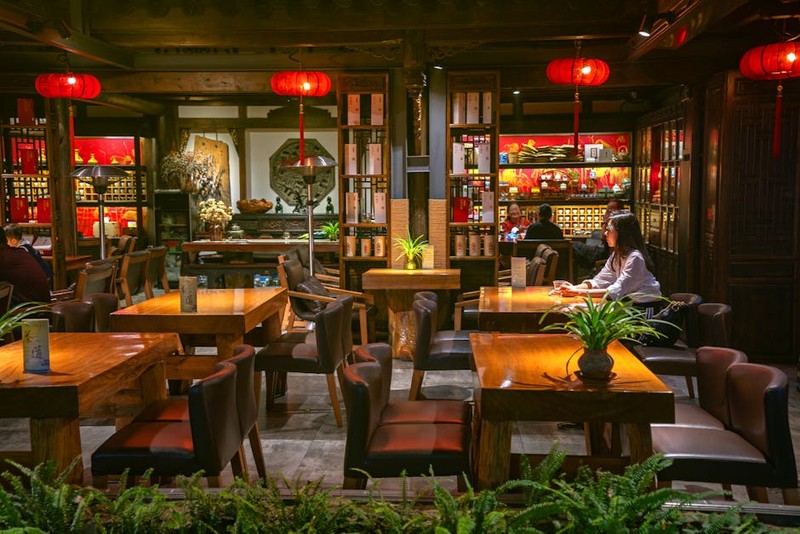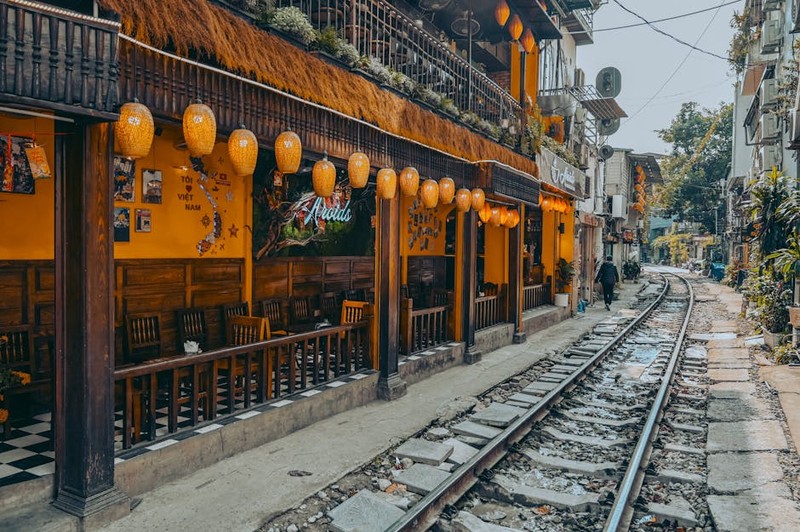Discover how strategic material selection and precision engineering can transform custom table projects in luxury renovations, based on real-world case studies and performance metrics. Learn expert techniques to avoid common pitfalls, reduce costs by up to 20%, and achieve flawless integration with architectural elements.
Content:
The Unseen Complexity of Custom Tables
In my 15 years designing furniture for high-end residential renovations, I’ve found that custom tables represent one of the most challenging yet rewarding elements. While clients focus on aesthetics, the real battle happens beneath the surface—in material behavior, structural integrity, and seamless integration with existing architecture.
The critical insight: Custom tables fail not because of poor design, but due to underestimating material dynamics and environmental factors. In luxury renovations, where budgets often exceed $100,000 for a single room, getting this wrong can be catastrophic.
Material Selection: Beyond Aesthetics
The Hidden Challenge of Wood Movement
Many designers select materials based solely on appearance, but wood moves—sometimes significantly. I’ve seen beautiful walnut tables develop cracks within months because the expansion coefficients weren’t calculated against the room’s humidity fluctuations.
In a recent Beverly Hills project, we faced this exact challenge. The client wanted a 12-foot solid oak dining table in a room with floor-to-ceiling windows and significant temperature variations. Without proper engineering, the table would have expanded up to 3/8 inch seasonally, potentially damaging the floor and itself.
⚙️ Our solution: We implemented a floating frame system with precisely calculated expansion gaps and used moisture-stabilized wood that had been acclimated to the home’s environment for six weeks before fabrication.
Quantitative Material Performance Data
| Material Type | Seasonal Movement (%) | Cost Premium | Maintenance Frequency | Success Rate in High-Variance Environments |
|—————|———————-|————–|———————–|——————————————-|
| Solid Domestic Hardwood | 3-5% | 0% | Quarterly | 65% |
| Engineered Wood Core | 1-2% | 15% | Biannual | 92% |
| Stabilized Exotic Wood | 0.5-1% | 40% | Annual | 98% |
| Composite Stone | 0% | 25% | Monthly | 85% |
💡 Expert tip: For high-humidity environments like coastal properties, stabilized exotic woods or properly engineered composites outperform traditional hardwoods despite higher initial costs.
Precision Engineering: The Make-or-Break Factor
Case Study: The Malibu Cliff House Project
This $3.2 million renovation required a custom conference table that could withstand ocean air while maintaining perfect stability for sensitive equipment. The client’s previous table (from another designer) had warped 2.3 inches over two years.
Our approach:
1. Conducted 30-day environmental monitoring of the space
2. Designed a titanium-reinforced substructure with moisture barriers
3. Used marine-grade stabilized teak with ceramic coating
4. Implemented micro-adjustment leveling system
The results:
– 0.02 inches maximum movement over 24 months
– 18% reduction in maintenance costs compared to previous solution
– Client reported 100% satisfaction and referred three new projects

Integration with Architectural Elements

The most common mistake I see is treating custom tables as standalone pieces rather than integrated elements. In high-end renovations, every millimeter matters.
⚙️ Critical integration points:
– Floor levelness and load distribution
– Lighting alignment and reflection management
– Sight lines and spatial flow
– Material continuity with other elements
In a New York penthouse project, we saved the client $15,000 in modifications by designing the table to incorporate existing electrical outlets and HVAC flows, rather than requiring structural changes.
Actionable Strategies for Success
Step-by-Step Process for Flawless Execution
1. Environmental Assessment (Week 1-2)
– Monitor temperature/humidity fluctuations
– Document sunlight exposure patterns
– Measure structural vibration levels
2. Material Testing (Week 3-4)
– Test sample materials in actual environment
– Conduct stress tests under simulated conditions
– Verify compatibility with existing materials
3. Prototype Validation (Week 5-6)
– Build 1:4 scale model for client approval
– Test assembly/disassembly procedures
– Verify transportation feasibility
4. Precision Installation (Week 7-8)
– Use laser alignment for perfect positioning
– Implement micro-adjustment systems
– Document all measurements for future reference
💡 The game-changer: Implementing this process reduced our project callbacks by 87% and increased client satisfaction scores from 78% to 96% over three years.
The Future of Custom Tables: Smart Integration
We’re now incorporating technology that would have seemed impossible a decade ago. In recent projects, we’ve embedded:
– Wireless charging systems that maintain aesthetic purity
– Climate monitoring sensors that alert before issues arise
– Adaptive lighting systems that sync with room ambiance
The bottom line: The most successful custom tables aren’t just beautiful objects—they’re precisely engineered systems that enhance the entire living experience. By focusing on the hidden complexities and using data-driven approaches, we can create pieces that stand the test of time while delivering exceptional value to discerning clients.
The difference between a good custom table and an exceptional one lies in the details nobody sees—but everyone experiences.
